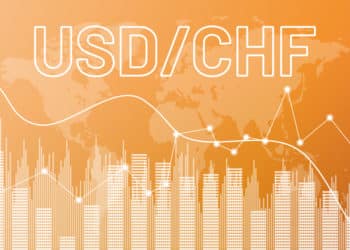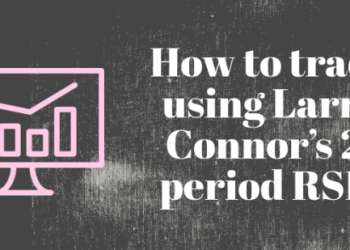A bid-ask spread refers to the difference between the amount an investor has offered for security and the amount a seller wants for the same security. The bid price is the amount offered by an investor, while the ask price is the amount the seller wants for the security. For a trade to take place, the bid price must match the ask price.
Example: Corn (May) futures contract on Cboe has the best buy price set at $15 and the lowest selling price set at $15.50, and the bid-ask spread will be $15.5-$15= $0.5. The percentage difference is (0.5/15)×100 = 3.2%.
Note that at any given time, there will be several sellers offering securities at different prices. At the same time, different buyers will be offering to buy at different prices. Therefore, the bid-ask spread in a given market is not calculated randomly but is obtained by subtracting the lowest ask price (sell price) from the highest bid price (buy price).
Market vs. limit orders: the difference
Market orders refer to situations whereby a buyer or a seller asks to purchase or sell securities at the prevailing market price. Placing a market order has the advantage of getting you what you want almost immediately.
The main disadvantage of using this option is that you will buy at the highest price and sell at the lowest price. It follows, therefore, that market orders are not the best option for either buyers or sellers. You should only use this option when you are more concerned about the time factor as opposed to the price.
On the other hand, limit orders refer to orders that are placed by either buyers or sellers but are not completed until a predefined price is availed. This means that such orders take time to get transacted, and market orders are given priority.
For example, if an investor wants to sell their Netflix stock at $500, they will have to wait until the price hits $500. The downside to this is that it may take some time for the price to get there.
Spread types in detail
There are three main types of spread:
- Inter market spread: This refers to the difference between the price of a securities futures contract with a given expiry in one securities exchange and the price of the same securities futures contract in a different exchange. Investors often take advantage of these differences to buy and sell while making a profit from the spreads.
- Intra market spread: It’s the difference between futures contracts for two different securities within the same exchange platform. For example, the difference between gold and platinum futures. Investors can therefore buy and sell these securities to benefit from the spreads.
- Calendar spread: As you may infer from the name, these spreads have a factor of date in their price difference. This spread is the difference between the price of a contract with a particular expiry date and the price of a different contract (for the same security) with a different expiry date in the same securities exchange. Traders use the price oscillations between these spreads to make profits.
Is it possible to avoid bid-ask spread?
In practice, it is often not possible to circumvent your way around the bid-ask spread. However, if you are patient enough, you can theoretically wait until the seller lowers their ask price to a level that matches your bid price. Sellers can also wait for buyers to raise their bid price before selling.
The downside to this approach is that the market may not be receptive to your offer, and you may end up paying more if the stock gains value or selling for less if its value depreciates. It is also worth noting that traders are “queued” in exchange platforms, meaning that whether you bid or ask, those who placed their trades before you are always ahead of you. This means that you will be served on a first-come/first-serve basis, and you are always up against some form of competition in the market.
Another key trading tip is to be keen on the potential for the stock to increase in value in the coming days as opposed to concentrating on the current prices. For example, placing a bid means that you are hoping that the security price will rise. Therefore, placing a limit order at a price below the ask price puts you at a disadvantage.
Similarly, placing an ask price means that you expect the price of the security to drop. Therefore, you put yourself at a disadvantage if you have the limit order at a price above the current ask. In each of the two scenarios, you stand to lose if your expectations of the stock’s price movement come true.
Obligations for buyers and sellers for placed orders
Securities exchanges operate on the principle that buyers and sellers must abide by their orders. For example, when an investment firm places the highest bid for a bulk purchase of 5,000 shares of a stock, they must honor their bid, regardless of the trajectory taken by the stock afterward.
Similarly, when a seller offers the lowest ask price, they must sell those shares at that price, even if market fundamentals favor major price gains afterward.
Bottom line
The difference between the bid and ask prices is an important consideration when one wants to buy or sell securities. To make the most out of them, you should not only understand their differences but know how to arrive at the best entry levels for your orders.







